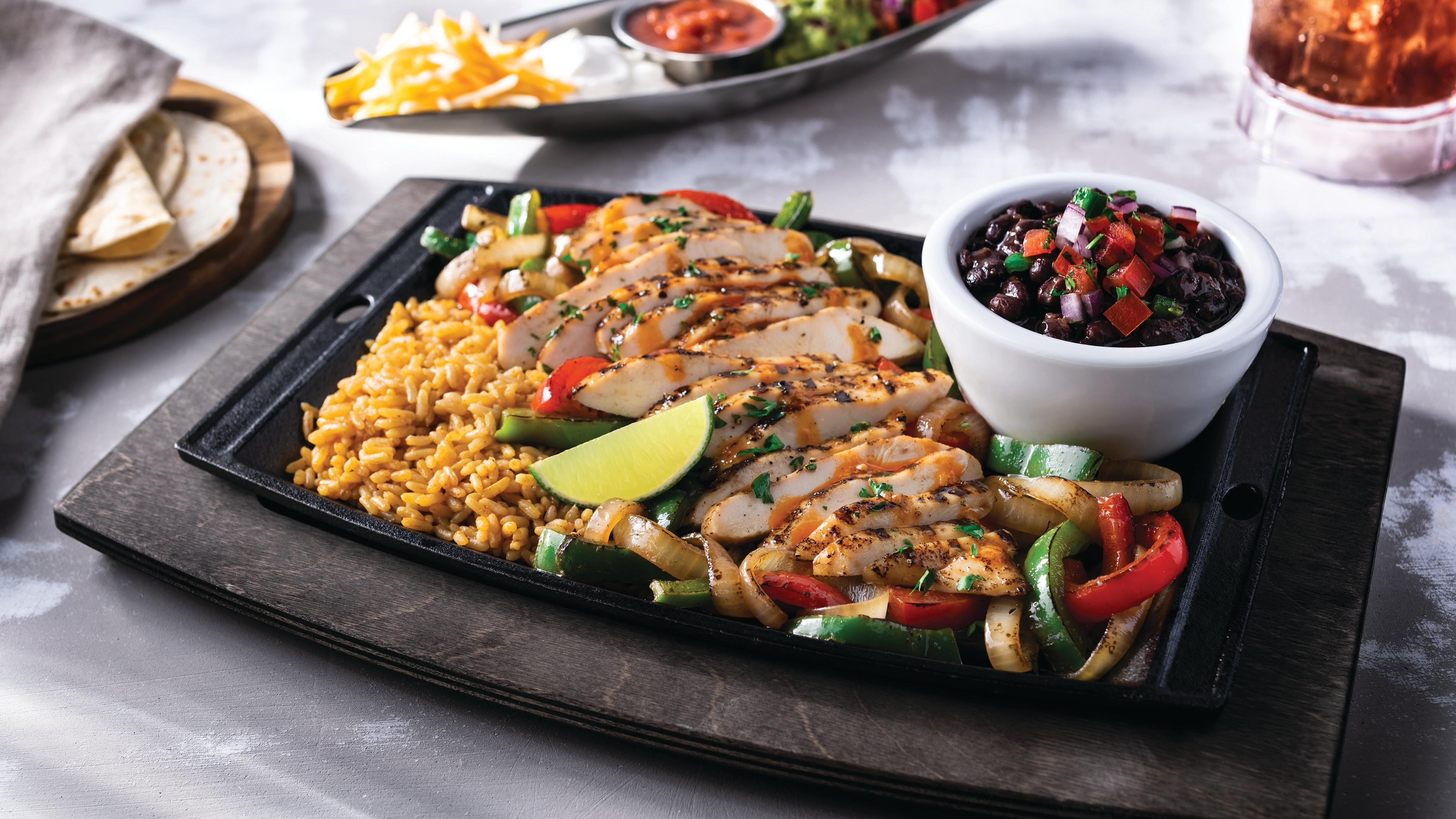The Secret To Sizzling Fajitas Shouldn't Shock Anyone
Fans were disappointed by revelations from a restaurant worker on TikTok.
The moment you see a restaurant server walk toward you with a platter of fajitas only to pass you by and place it on someone else's table is probably the biggest (unintentional) fake-out ever. Did you even order fajitas? No, but as soon as that sizzle catches your ear, the platter catches your eye, and the scent catches your nose, you instantly regret ordering anything else. Such is the appeal of sizzling fajita platters—yet many were recently heartbroken to discover that their enticing sizzle is largely smoke and mirrors.
Yahoo's In the Know reports that thanks to TikTok user @sallamibrahim24, many are shocked that the smoke and sizzle typically associated with restaurant fajitas doesn't just happen naturally as the platter is pulled from the heat.
In a TikTok posted by @sallamibrahim24 on February 28, someone is seen walking into the kitchen of a Mexican restaurant in Texas to grab a platter of carne asada fajitas. However, just before it's ferried out of the kitchen, a cook takes a bottle of liquid and squirts a generous amount onto the food, causing a reaction that generates the sizzle and smoke we are all so accustomed to.
Realizing that all the smoke and sound was not purely the result of the cooking process, people went nuts in the comment section with remarks like, "Fooled me for 34 years. Thank you." and "wow. this ruined my day. Thinking about it now I am a fool to think fajitas are literally steaming when they come out." Not to dismiss the feelings of the almost 3,000 commenters, but when you really think about the mechanics of how food is brought out at a restaurant, this fajita fact just isn't all that surprising.
Generally, servers try to bring out a table's entire order all at once, but that doesn't mean all of the dishes are actually ready to serve at the same time. The meals completed first sit on hot plates and/or under heat lamps until the rest of the dishes are ready to serve, and even once they're all prepared, the server (or food runner) can't always grab them immediately if they're attending to other tables. Logistically, the food often has to sit for a few minutes, which means whatever natural sizzle the fajitas might have had has long dissipated by the time the food hits the table.
Otilia Garza, owner of Round-Up Restaurant in the Rio Grande Valley of Texas in 1969, is often credited as the first restaurateur to add the "sizzle" element to the fajita platter, explains Texas Monthly. The whole point is to attract customers to the dish by activating all the senses. The smoke draws in the eyes, the sound turns your head as the platter comes by, the bright peppers are visually appealing, and of course, the smell of the food makes you think, "Dang, maybe I should have ordered the fajitas."
Chili's, America's Tex-Mex destination since 1975, uses a specific "sizzle sauce" to create the effect, as revealed by alleged Chili's workers in this Reddit thread. The sauce is, they and commenters under the TikTok claim, a soy sauce base with other elements like lime juice and fat, which help cause a noticeable reaction and add flavor. Other users, who claim to work at various restaurants that serve fajitas, mention other tactics to achieve the sizzle, such as orange juice, or even a bed of onions, whose water content helps create the effect.
Sorry to break it to you like this, but that cast iron skillet stuffed with meat, veggies, and toppings is just one big marketing tool. That doesn't mean fajitas aren't delicious, though. The attention-grabbing sizzle is just a bonus; what really matters is the taste.
